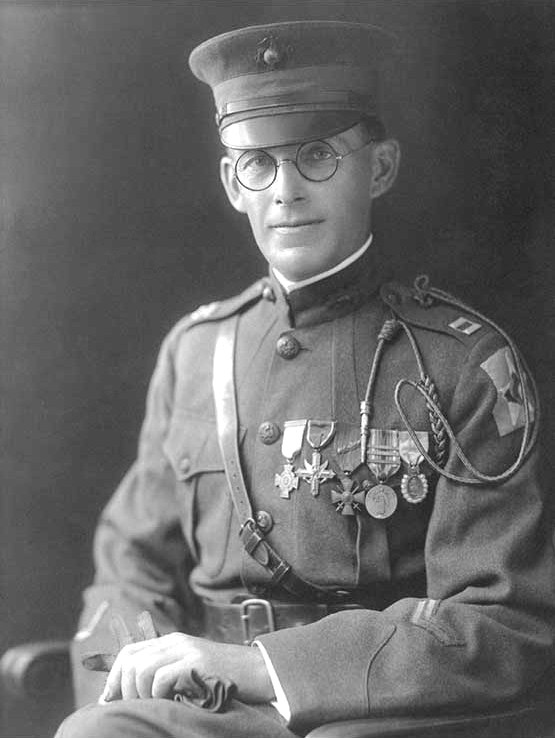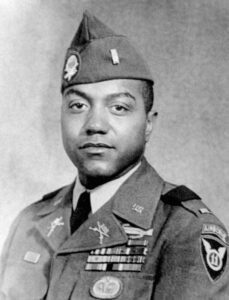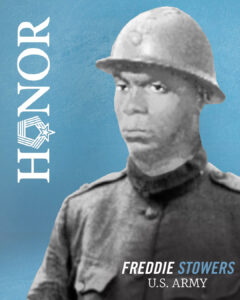Meet MOH Recipient Lieutenant Orlando H. Petty
Native Ohioan Lieutenant Orlando Petty was born on February 20, 1874. Although little is known about his early life, he graduated from Jefferson Medical College in Philadelphia, Pennsylvania, in 1904. Two years later, he became a professor at his alma mater. He taught for 10 years until he was appointed Assistant Surgeon, Medical Corps, for the U.S. Naval Reserve on December 6, 1916. During World War I, Petty served with the 5th Regiment of Marines, American Expeditionary Force in France. His thorough medical training and deep knowledge would be the difference between life and death for many of his fellow Americans.
A Commitment to Treating Comrades
On June 11, 1918, Petty and his unit were stationed in Boise de Belleau, France. During the Battle of Belleau Wood, Petty’s role was to triage, treat, and evacuate severely injured Marines. Near the front lines in the town of Lucy le Bocage, Petty set up a dressing station, where he treated wounded comrades despite heavy fire and gas shells in the area and limited medical supplies. When his station exploded after being destroyed by a falling shell, Petty fell to the ground and his protective mask tore from the impact. Without any regard for his personal safety, Petty removed the torn mask and continued treating patients to the best of his ability. Per his Medal of Honor citation, he helped “carry Captain Lloyd Williams, wounded, through shellfire to a place of safety.”
For his heroic efforts and unflinching bravery, Petty received the Tiffany Cross, a newly minted version of the Medal of Honor.
Same Name, New Design
According to the Congressional Medal of Honor Society, the Navy introduced a new Medal of Honor design in 1919 called the Tiffany Cross. Created by the popular jewelry company of the same name, it was intended to be awarded for actions in combat. The Tiffany Cross featured a gold cross suspended from a blue ribbon with 13 stars, and the ribbon hung from a gold bar with the word “Valour” inscribed across its length. However, the Tiffany Cross was awarded fewer than 25, often inconsistently and sporadically. By 1942, the design was discontinued and the Navy reverted back to its original design of a five-point star.
Following the war, Petty returned to medicine and academia. He became a passionate, well-known leader of diabetes information, including its symptoms and treatment, authoring various articles and medical texts on the subject. He taught at the University of Pennsylvania, spearheaded the Bureau of Communicable Diseases, and served as Director of Public Health. He held several professional memberships, including the Medical Club of Philadelphia and the Philadelphia County Medical Society. Petty died on June 2, 1932 and his remains were interred at St. Timothy’s Churchyard in Roxborough, Pennsylvania. His Tiffany Cross mirrors the legacy of his incredibly selfless work on and off the battlefield: uniquely crafted, amazingly detailed, and irreplaceable.




